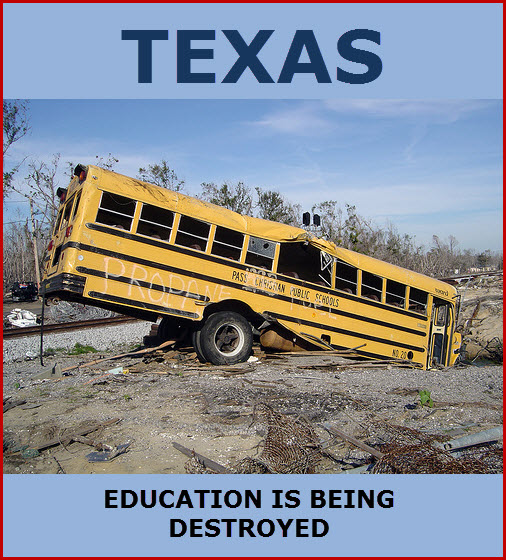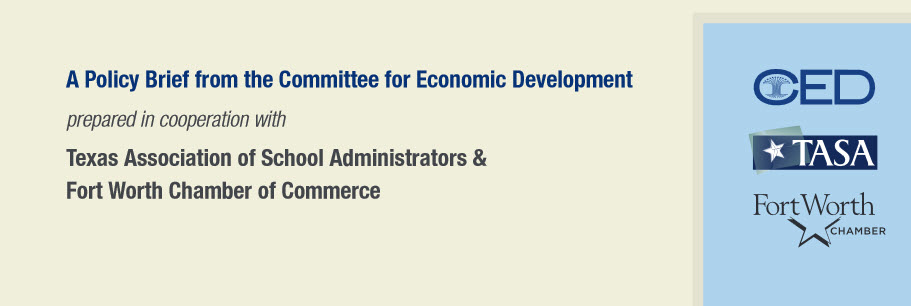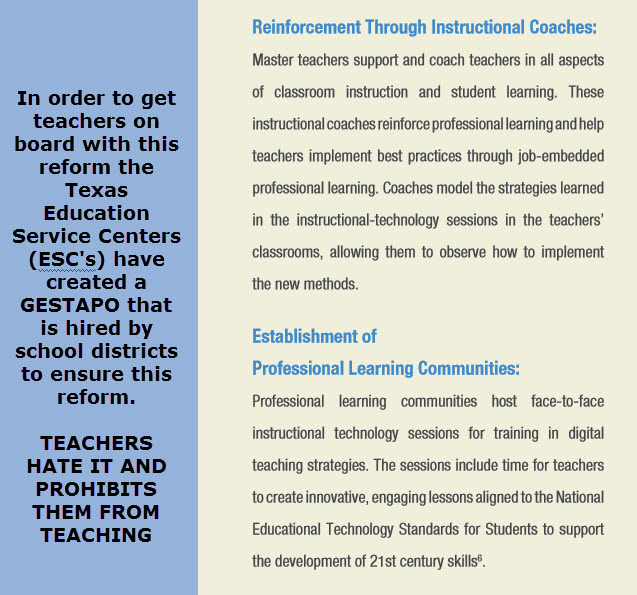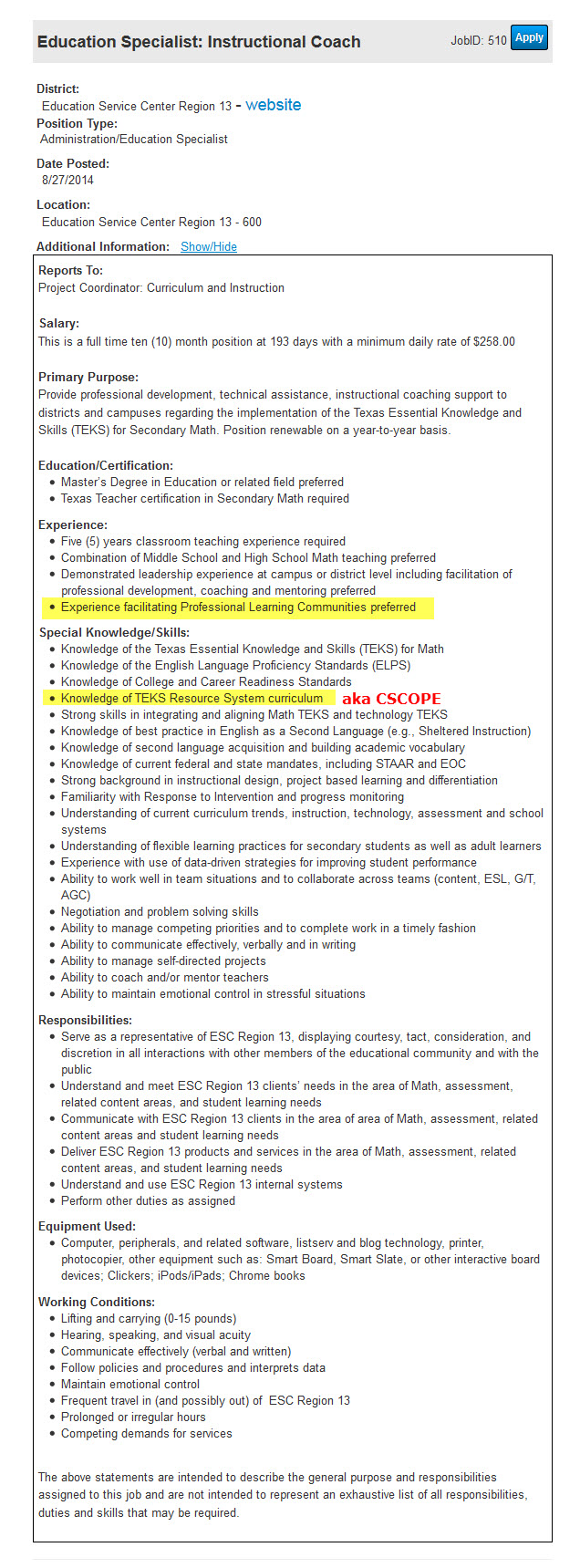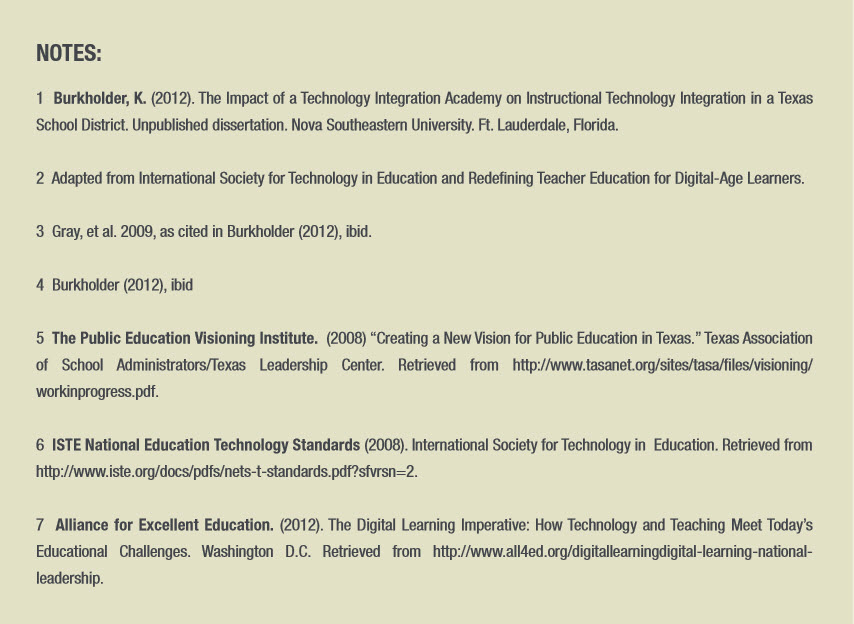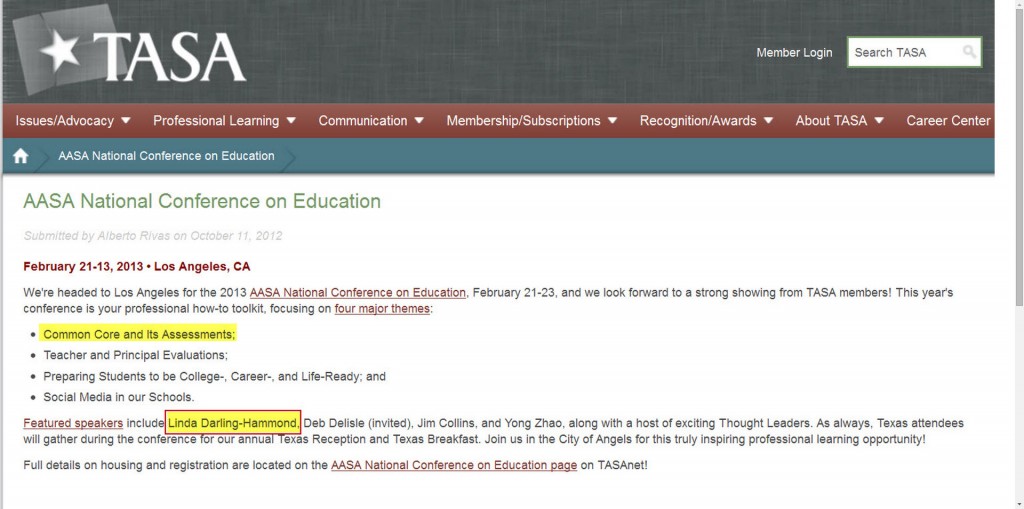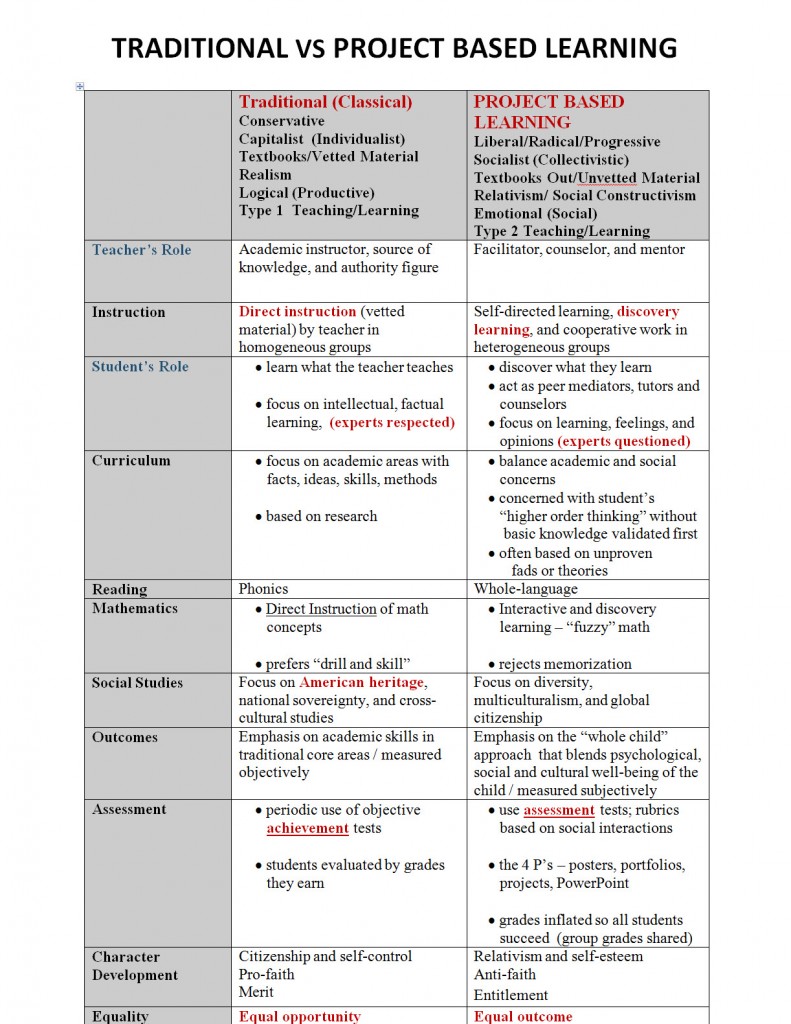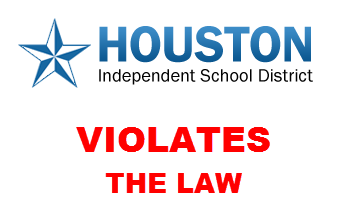
Yesterday the Obama administration announced that Houston ISD won the $30 Million Race to the Top – Direct to District (RTTT-D2) funds. HarmonY Charters and Idea Charters each won the same amount last year from RTTT-D1.
On 5.27.13, the Texas Legislature passed HB 462 which makes it illegal in Texas for school districts to participate in the Common Core Standards Initiative. HB 462 became effective immediately on 6.14.13 — http://www.legis.state.tx.us/BillLookup/Text.aspx?LegSess=83R&Bill=HB462
In essence, Houston ISD (and even Harmony and Idea Charters) are in direct violation of Texas law – HB 462 – because they took the Obama administration’s “carrot and stick” and are now legally bound to follow the Common Core Standards Initiative.
What is the Texas Legislature going to do about this? What is Gov. Perry going to do about this? What is the Texas Attorney General going to do about this? What are Texas citizens going to do about this? Surely we are not going to look the other way while school districts blatantly defy Texas law.
In fact, what about all of those Texas school districts that are so proudly displaying on their students’ instructional materials the words “Aligned with the Common Core Standards”? By law, Texas school districts are to align with the Texas curriculum standards (TEKS) that have been passed by the elected members of the Texas State Board of Education – and not with the Obama administration’s Common Core Standards.
Donna Garner
Wgarner1@hot.rr.com
============
12.17.13 – HISD Wins $30 Million Race to the Top Grant” – by Ericka Mellon – Houston Chronicle —http://www.chron.com/news/houston-texas/houston/article/HISD-wins-30-million-Race-to-the-Top-grant-5072101.php?cmpid=htx
===========
8.15.13 – “Dilemma for Turkish Gulen Harmony Charter Schools Under SB 2 and HB 462” – by Donna Garner —http://educationviews.org/dilemma-for-gulen-harmony-charters-under-sb-2-hb-462/
=============
H.B. No. 462 — http://www.legis.state.tx.us/BillLookup/Text.aspx?LegSess=83R&Bill=HB462
AN ACT
BE IT ENACTED BY THE LEGISLATURE OF THE STATE OF TEXAS:
SECTION 1. Section 28.002, Education Code, is amended by adding Subsections (b-1), (b-2), (b-3), and (b-4) to read as follows:
(b-1) In this section, “common core state standards” means the national curriculum standards developed by the Common Core State Standards Initiative.
(b-2) The State Board of Education may not adopt common core state standards to comply with a duty imposed under this chapter.
(b-3) A school district may not use common core state standards to comply with the requirement to provide instruction in the essential knowledge and skills at appropriate grade levels under Subsection (c).
(b-4) Notwithstanding any other provision of this code, a school district or open-enrollment charter school may not be required to offer any aspect of a common core state standards curriculum.
SECTION 2. Section 39.023, Education Code, is amended by adding Subsection (a-3) to read as follows:
(a-3) The agency may not adopt or develop a criterion-referenced assessment instrument under this section based on common core state standards as defined by Section 28.002(b-1). This subsection does not prohibit the use of college advanced placement tests or international baccalaureate examinations as those terms are defined by Section 28.051.
SECTION 3. This Act takes effect immediately…
=============
http://www.ed.gov/race-top/district-competition?page=2
Race to the Top District Competition Draft
Eligibility Criteria
1. Eligible applicants include only individual local educational agencies (LEAs) (as defined in this document) and consortia of LEAs.
2. Applicant(s) must annually serve a minimum of 2,500 participating students (as defined in this document). (For a consortium, this minimum number may be met by annually calculating all participating students across all participating LEAs.)
3. At least forty percent of participating students across all participating schools (as defined in this document) must be students from low-income families, based on eligibility for free or reduced-price lunch subsidies under the Richard B. Russell National School Lunch Act, or other poverty measures that LEAs use to make awards under section 1113(a) of the ESEA. If an applicant has not identified all participating schools at the time of application, it must provide an assurance that within 100 days of the grant that its participating schools (as defined in this document) will meet this standard.
4. Applicants must demonstrate a track record of commitment to the core education assurance areas (as defined in this document), including, for each LEA included in an application, an assurance signed by the LEA’s authorized legal representative that–
a. The LEA has, at a minimum, designed and committed to implement no later than the 2014-15 school year–
i. a teacher evaluation system (as defined in this document);
ii. a principal evaluation system (as defined in this document);
iii. a LEA superintendent evaluation (as defined in this document); and
iv. a LEA school board evaluation (as defined in this document).
b. The LEA has a robust data system that has, at a minimum,–
i. An individual teacher identifier with a teacher-student match; and
ii. The ability to match student level P-12 and higher education data.
c. The LEA has policy and regulatory protections in place that ensure Family Educational Rights and Privacy Act (FERPA) compliant privacy and information protection while enabling access and use by stakeholders.
__________________________________
http://www.ed.gov/sites/default/files/rttd-executive-summary.pdf
College- and career-ready standards:
Content standards for kindergarten through 12th grade that build towards college- and career-ready graduation requirements (as defined in this document) by the time of high school graduation. A State’s college- and career-ready standards must be either (1) standards that are common to a significant number of States; or (2) standards that are approved by a State network of institutions of higher education, which must certify that students who meet the standards will not need remedial course work at the postsecondary level.
Core educational assurance areas:
• Adopting standards and assessments that prepare students to succeed in college and the workplace and to compete in the global economy;
• Building data systems that measure student growth and success, and inform teachers and principals about how they can improve instruction;
• Recruiting, developing, rewarding, and retaining effective teachers and principals, especially where they are needed most; and
• Turning around our lowest-achieving schools.
Donna Garner
Wgarner1@hot.rr.com





